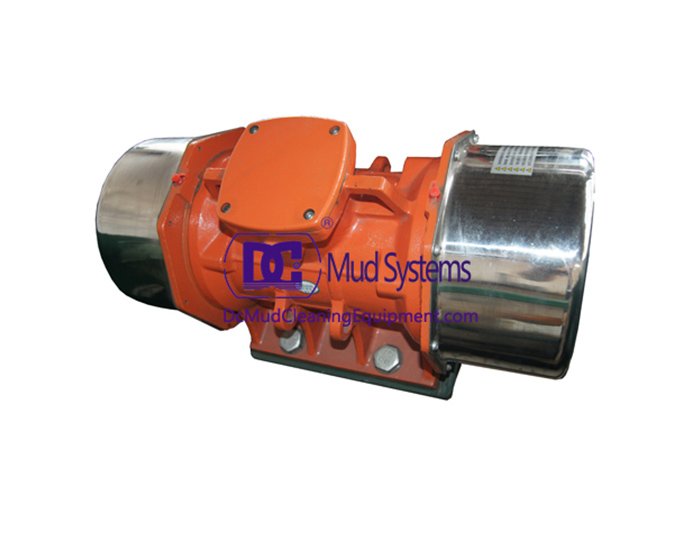Understanding Pump Shear Importance and Applications in Fluid Mechanics
In the realm of fluid mechanics, especially in industries involving the transportation and processing of fluids, understanding the concept of pump shear is crucial. Pump shear refers to the mechanical energy imparted to a fluid as it is pumped through a system, influencing the fluid\'s behavior and characteristics. This article explores the significance of pump shear, its effects on various fluid properties, and its applications across different sectors.
What is Pump Shear?
Pump shear is essentially a measure of the shear force applied to a fluid by a pump. When a fluid is moved through a pump, it experiences different shear rates based on how effectively the pump can move the fluid. This is particularly important for non-Newtonian fluids, which do not have a constant viscosity but instead change viscosity under different shear rates. Examples of such fluids include slurries, paints, and certain food products like ketchup or mayonnaise.
The pump design, speed, and the nature of the fluid all contribute to the shear rate. High shear pumps, for instance, are designed to create maximum shear stress to ensure thorough mixing or emulsification of fluids, while low shear pumps are used for more delicate substances where maintaining the integrity of the product is essential.
Effects of Pump Shear on Fluid Properties
The effects of pump shear can be profound, especially in applications where the physical properties of the fluid are critical
. For instance, in the pharmaceutical industry, the shear applied to a solution can affect the stability and efficacy of active ingredients. Excessive shear can lead to the degradation of sensitive compounds, whereas insufficient shear may result in inadequate mixing or dissolution.
pump shear
In food processing, shear plays a vital role in homogenization, emulsification, and the overall texture of the food product. For instance, in making mayonnaise, if the shear is too low, the oil and water phase will not adequately mix, resulting in a broken emulsion. Conversely, too high a shear can result in undesirable changes in texture.
Applications of Pump Shear Measurement
Measuring and controlling pump shear is essential in optimizing industrial processes. Many industries employ various techniques and instruments to monitor shear rates, ensuring that fluid processing occurs within the desired parameters. In the cosmetics sector, precise control over shear rates ensures the uniformity of creams and lotions, while in the paint industry, it impacts the sprayability and finish of coatings.
Moreover, in wastewater treatment, the degree of shear affects the breakdown of sludge and the efficiency of aeration processes. Engineers often utilize computational fluid dynamics (CFD) simulations to predict shear rates within systems, allowing for more informed design choices that cater to the specific needs of the fluid being handled.
Conclusion
In summary, pump shear is a fundamental concept within fluid mechanics that carries significant implications across various industries. By understanding and controlling shear rates, manufacturers can optimize their processes, ensure product quality, and improve overall efficiency. As industries continue to innovate and evolve, the need for precise management of pump shear will remain a critical aspect of fluid handling and processing, paving the way for advancements in technology and production methods. Thus, recognizing the importance of pump shear cannot be overstated, particularly in an increasingly competitive market where product performance and quality are paramount.
 Linear Motion Shale Shaker In Drilling Rig
Linear Motion Shale Shaker In Drilling Rig  Oilfield Mud Cleaner
Oilfield Mud Cleaner  Drilling Fluid Decanter Centrifuge
Drilling Fluid Decanter Centrifuge  Drilling Mud Desander
Drilling Mud Desander  Hydrocyclone Desilter
Hydrocyclone Desilter  Centrifugal Pump/Centrifugal Mud Pump
Centrifugal Pump/Centrifugal Mud Pump  Shear Pump
Shear Pump  Jet Mud Mixer
Jet Mud Mixer  Horizontal Mud Agitator
Horizontal Mud Agitator  Constant Pressure Drilling Fluid Mud Gas Separator
Constant Pressure Drilling Fluid Mud Gas Separator  Mud Gun
Mud Gun  Mud Tank
Mud Tank  Solids Control System Vacuum Degasser
Solids Control System Vacuum Degasser  Flare Ignition Device
Flare Ignition Device  Diesel Tank
Diesel Tank  Submersible Slurry Pump
Submersible Slurry Pump 






































